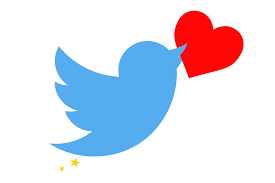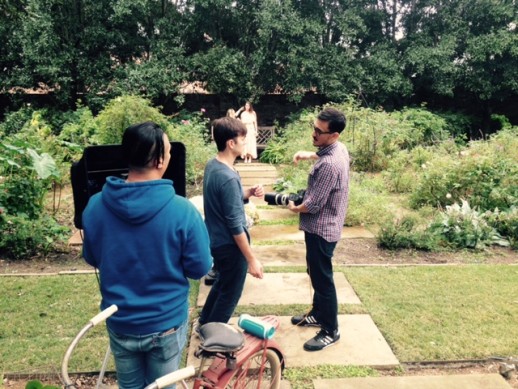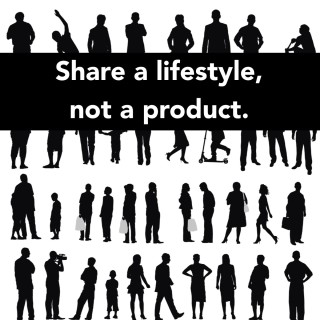Everyone has his or her own morning routine – mine happens to include hitting the snooze button at least once, a big cup of coffee and a quick scroll though Twitter.
Twitter is how I keep up with friends, keep up with the news, but most importantly- how I keep up with marketing. By following my favorite branding and strategy experts, I am able to learn their insights from decades of experience that I don’t have.
Over the past few months, I have curated a list of marketers that I follow to cover all the marketing bases, and here are just a few of my favorites.
Seth Godin (@ThisIsSethsBlog) – Author of the book, Purple Cow and others, where he discusses how to transform your business and yourself by being remarkable, posts daily about permission marketing and tips on how to be the “purple cow” in a field full of competition. His twitter is purely reposts of his blog, which ranges in topics from how to turn your creativity into a profession, to how to power a digital future for your brand.
Jay Baer (@jaybaer) – If you want a daily update on all different aspects of digital marketing, follow Jay, as he is the most re-tweeted person in the world among digital marketers. His posts include influence marketing workbooks, six step playbooks for handling social media complaints, and everything in between.
Ann Handley (@MarketingProfs) – If content marketing is your thing, then definitely follow Ann, as she is “waging a war on mediocrity in content marketing.”
Bonin Bough (@boughb) – He is currently chief of media and eCommerce at Mondelēz International (formerly Kraft Foods), and specializes in digital strategy that crosses paid, earned, owned and shared media. Posts a great deal of social media tips, and if you know Front Porch Marketing, you know we LOVE all things social media.
Marie Forleo (@marieforleo) – Guru of how to achieve the perfect work/life balance. Posts about how to build a business you love, increase customer trust through social media, and increase productivity in every day life.
Robert Caruso (@fondalo) – Another expert content and digital marketer, who tweets about innovative ways to improve your social media, tips on how to increase brand awareness for startups, and how to get results in B2B marketing.
Kim Garst (@kimgarst) – As one of Forbes top ten social media influencers, she is the queen of social selling strategy. Her tweets range from Facebook advertisement jumpstart guides, tips on how to keep the cost of SEO down, and “cheat sheets” for selling on social media.
Bryan Solis (@briansolis)- Expert on digital marketing who provides step by step help for brands looking to transform their digital approach to create a brand experience.
Neil Patel (@neilpatel) – If you want to read a little bit of everything about digital marketing, Neil is your guy. As a Forbes columnist with years of experience in marketing, he combines motivational business tips with the knowledge necessary to succeed as a modern marketer.
While these are just a few of the hundreds of successful and influential marketers to follow on Twitter, by reading a few of their posts daily I am able to keep up with the ever-changing world of marketing. In addition to following experts in the field, a lot of successful marketers follow venture capitalists, as they see and predict new innovation that affects most industries and markets. Effective and influential marketers have to keep up in order to connect with their target market, so why not utilize social media to do so?
Rachel Mains is an intern at Front Porch Marketing. Follow her on Twitter.

 It wasn’t until I started working here on the Porch that I realized just how big a role marketing played in these hallowed awards. Film is big business, and winning an Oscar translates into big dollars for the winner. It’s no wonder, then, that Oscar campaigns are born from basic marketing tenets:
It wasn’t until I started working here on the Porch that I realized just how big a role marketing played in these hallowed awards. Film is big business, and winning an Oscar translates into big dollars for the winner. It’s no wonder, then, that Oscar campaigns are born from basic marketing tenets:









 2. Teamwork really does make the dream work.
2. Teamwork really does make the dream work.